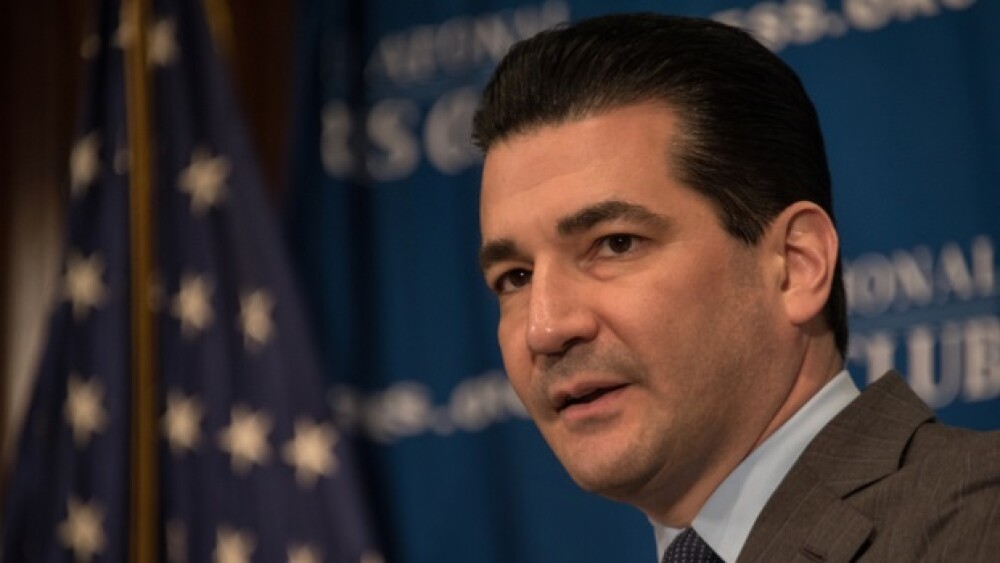The FDA, as well as other government agencies, have expressed alarm at the rate of opioid-related overdoses in the United States – an issue that has become an epidemic across the heartland.
Albert H. Teich / Shutterstock.com
The U.S. Food and Drug Administration (FDA) is searching for new ways to expand access to the opioid overdose drug naloxone.
The FDA, as well as other government agencies, have expressed alarm at the rate of opioid-related overdoses in the United States – an issue that has become an epidemic across the heartland. According to government-provided data, the number of opioid-related deaths, from legal and illegal sources, grew to 42,249 in 2016 – more than double the number of deaths in 2010. According to the U.S. Department of Health and Human Services, 116 Americans die daily from opioid overdoses.
To combat the number of overdoses and deaths from overdoses, FDA Commissioner Scott Gottlieb said his agency is looking for new ways to increase the availability of naloxone. On Monday, Gottlieb announced a two-day FDA advisory committee meeting will be held in December to advance strategies to increase the availability of the life-saving drug in U.S. communities. In a statement, Gottlieb said naloxone is a life-saving treatment that is a critical tool for that can be used to help mitigate opioid overdose deaths.
“We recognize that emergency treatment of known or suspected opioid overdose is an urgent public health priority. And to advance these efforts, there is still a need to improve access to naloxone,” Gottlieb said.
During the two-day meeting, Gottlieb said advisors from the Anesthetic and Analgesic Drug Products and the Drug Safety and Risk Management advisory committees will consider various options to increase access to naloxone. Committee members will consider the economic issues surrounding the goal, as well as logistical and harm-reduction concerns. Undertaking the task to increase access to the overdose-drug will have “significant costs and burdens” on the distribution ends, as well as practical considerations regarding manufacturing supply and the risk of a drug shortage for naloxone.
Under Gottlieb’s tenure at the helm of the FDA, there has been increasing concern over opioid abuse. Gottlieb noted that naloxone can counter overdose effects of opioids.
“We’ve been working hard to improve the availability of naloxone products,” Gottlieb said.
In addition to the prescribed naloxone, Gottlieb said the FDA has also been making progress on the development of an over-the-counter version of naloxone as a way to provide wider access to the drug. The prescribed auto-injector and nasal spray formulations of naloxone have instructions for use, but Gottlieb said they do not have the “consumer-friendly Drug Facts Label,” which is required of OTC products.
“Before submitting a new drug application or supplement for an OTC drug product, companies need to develop this DFL and conduct the required studies to show that consumers can understand how to use the product without the help of a health care professional,” Gottlieb said. We recognized the important public health opportunity to bring naloxone OTC. So, to further encourage companies to enter this space, the FDA created a model DFL and simple pictogram. And we are in the process of conducting label comprehension testing for this product. This is the first time the FDA has proactively developed this OTC framework for a drug as a way to help activate the advance of OTC products. Using this information, naloxone manufacturers could focus their efforts on final label comprehension testing of how well consumers understand product-specific information that hasn’t been already tested on the more general model DFL.”





